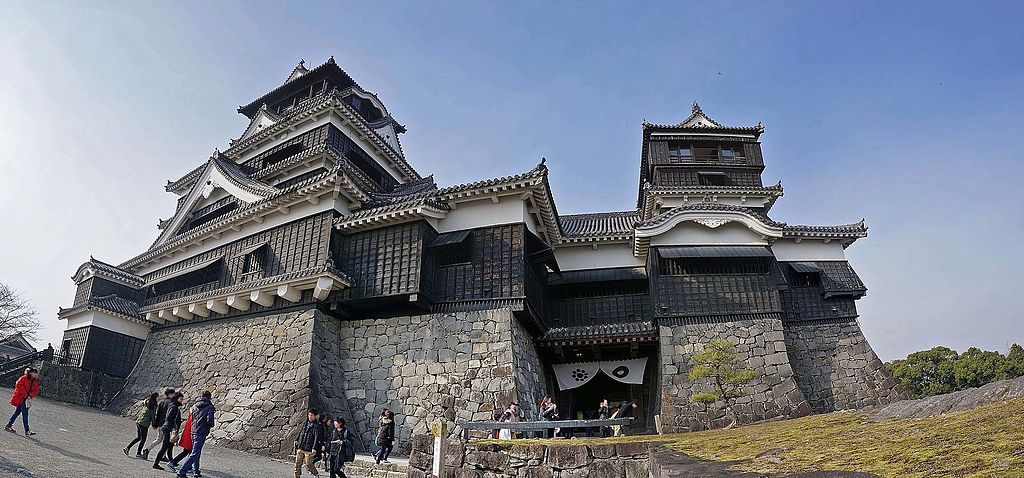Oct 25, 2022
Who Are the Figures of the Statues Near Kumamoto Castle?
On the Tsuboi River, next to Kumamoto Castle, is Takahashi Park, named for the former mayor of Kumamoto. Although it’s only a small park, it’s significant because of its memorial to five heroes of the 19th-century Meiji Restoration. The park also features a statue of Kato Kiyomasa and the bust of Tateki Tani. Let’s look at who some of these figures were in more detail.
Sakamoto Ryoma
One of the statues in the memorial to the Meiji Restoration heroes is Sakamoto Ryoma. A visionary, he opposed the Tokugawa Shogunate in favor of independence without feudalism. Although he began as a low-ranking samurai, he was later successful at negotiating an alliance between the rival Satsuma and Choshu feudal domains, which united to overthrow the Tokugawa Shogunate. Ryoma, however, was assassinated before he saw the results of his efforts in the Meiji Restoration that returned Japan to Imperial rule.
Yokoi Shonan
Another key figure in the Meiji Restoration was the samurai Yokoi Shonan — a political theorist, thinker, and scholar. Shonan wrote the treatise “Kokuze Sanron,” or the Three Major Problems of State Policy. In this treatise, he argued that Japan’s lack of a national religion put the country at a disadvantage to the West, which was why the Meiji Era formed State Shinto. However, Shonan’s radical ideas to reform the Tokugawa government resulted in him being under house arrest until after the Meiji Restoration.
Katsu Kaishu
Someone else who appears in the five statues is Katsu Kaishu. He started his career as a statesman and naval engineer rising to the rank of commissioner in the Tokugawa navy. He maintained his alliance with the Tokugawa Shogunate throughout the Boshin War, although he sympathized with the Imperial Court. When the Tokugawa forces finally collapsed in 1867, Kaishu negotiated Edo’s surrender to Saigo Takamori.
Kato Kiyomasa
A few meters away from the memorial with the five bronze statues stands Kato Kiyomasa. He is from a much earlier time in Japanese history, as he lived from 1562 to 1611. As Lord of Kumamoto, he transformed Kumamoto Castle from a fortification to a complex with 49 turrets and 47 gates, including 18 turret gates. The statue of Kiyomasa shows him prepared for battle in the Seven-Year (Imjin) War, in which Japan invaded Korea. Kiyomasa was one of just three senior commanders.
Taketi Tani
Separate from the other statues, you’ll find Taketi Tani. He fought on the side of the Imperial Japanese Army in the Boshin War and Satsuma Rebellion. He also participated in the Taiwan Expedition of 1874, after which he reached the rank of lieutenant general. He then began a political career and joined the conservative opposition, which was critical of the Meiji government.
Although Takahashi Park is less well known than many other sites in Kumamoto, it becomes an exciting place to visit once you know who the bronze statues represent. You can fit in a visit along with Kumamoto Castle and Kumamotojoinari Shrine.


About the author